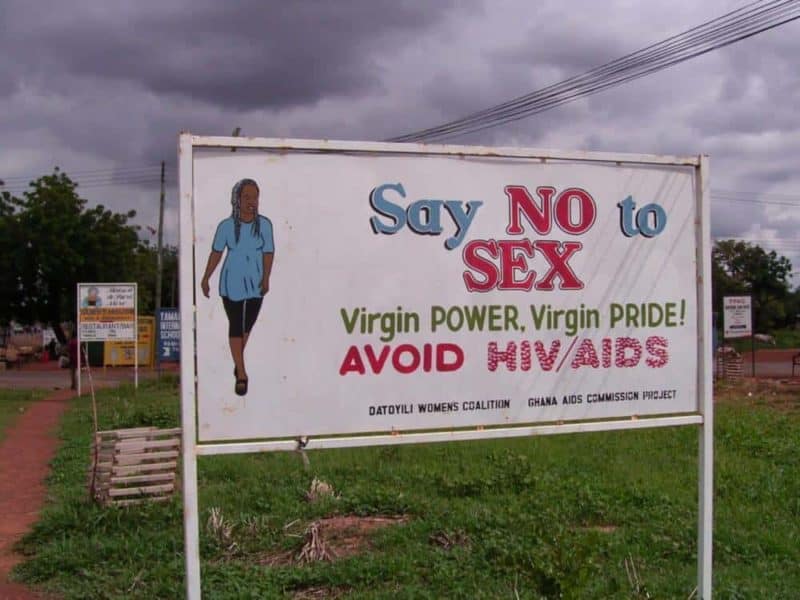Maybe it looked good on paper. But two new studies declare unequivocally that abstinence-only-until-marriage programs and policies in the U.S. have utterly failed. They neither delay sexual initiation nor reduce sexually risky behaviors.
But they do do a lot of other things, most of them bad, the authors say: Such abstinence programs and policies violate adolescent human rights, withhold medically accurate information, stigmatize and exclude many youth, reinforce harmful gender stereotypes, and undermine public health programs. The findings are published in the Journal of Adolescent Health.
Said co-author John Santelli: “The weight of scientific evidence shows these programs do not help young people delay initiation of sexual intercourse. While abstinence is theoretically effective, in actual practice, intentions to abstain from sexual activity often fail…. These programs simply do not prepare young people to avoid unwanted pregnancies or sexually transmitted diseases.”
Plenty of data has been gathered over the years on the ineffectiveness of abstinence-only-until-marriage programs since the authors published a landmark 2006 review of the topic. On the other hand, so-called comprehensive sex education programs have been found to provide genuine benefit on behaviors such as sexual initiation, number of sex partners, frequency of sexual activity, use of condoms and contraception, frequency of unprotected sexual activity, STIs and pregnancy, the authors say.
With age at first marriage rising globally, fewer young people remain abstinent until marriage. In the U.S. young women on average have sex 8.7 years before marriage, while for young men the figure is 11.7 years.
Enthusiasm for abstinence-only-until-marriage approaches have also dealt a blow to sex education, family planning programs and HIV prevention efforts. Between 2002 and 2014, the percentage of U.S. schools that require students to learn about human sexuality fell from 67 percent to 48 percent and requirements for HIV prevention fell from 64 percent to 41 percent.
The researchers note that in the mid-1990s, 81 percent of adolescent males and 87 percent of adolescent females got formal instruction on birth control methods. That fell to 55 percent of young men and 60 percent of young women by 2011-2013.
Said Leslie Kantor, PhD, MPH: “Young people have a right to sex education that gives them the information and skills they need to stay safe and healthy…. Withholding critical health information from young people is a violation of their rights. Abstinence-only-until-marriage programs leave all young people unprepared and are particularly harmful to young people who are sexually active, who are LGBTQ, or have experienced sexual abuse.”
The United States Congress has spent more than $2 billion on domestic abstinence-only programs between 1982 and 2017, and another $1.4 billion on abstinence-only-until-marriage in foreign aid for HIV prevention. Current guidelines prohibit U.S. states from using funds to educate teens about birth control except to talk about their failure rates.
Said Santell:. “Abstinence-only-until marriage as a basis for health policy and programs should be abandoned.”



Abstinence only programs implemented by those not convinced in a half hearted manner is bound to end in failure. Abstinence only without a comprehensive approach that ignores life skills is also bound to failure.
Those who promote condoms also promote unipurposely. This would also fail. Sex education needs to be balanced by value education. There is a need for a well designed clinical trial to draw valid conclusions. This report cannot be taken as the last word on this topic. I would like to go deeper into the methodology.